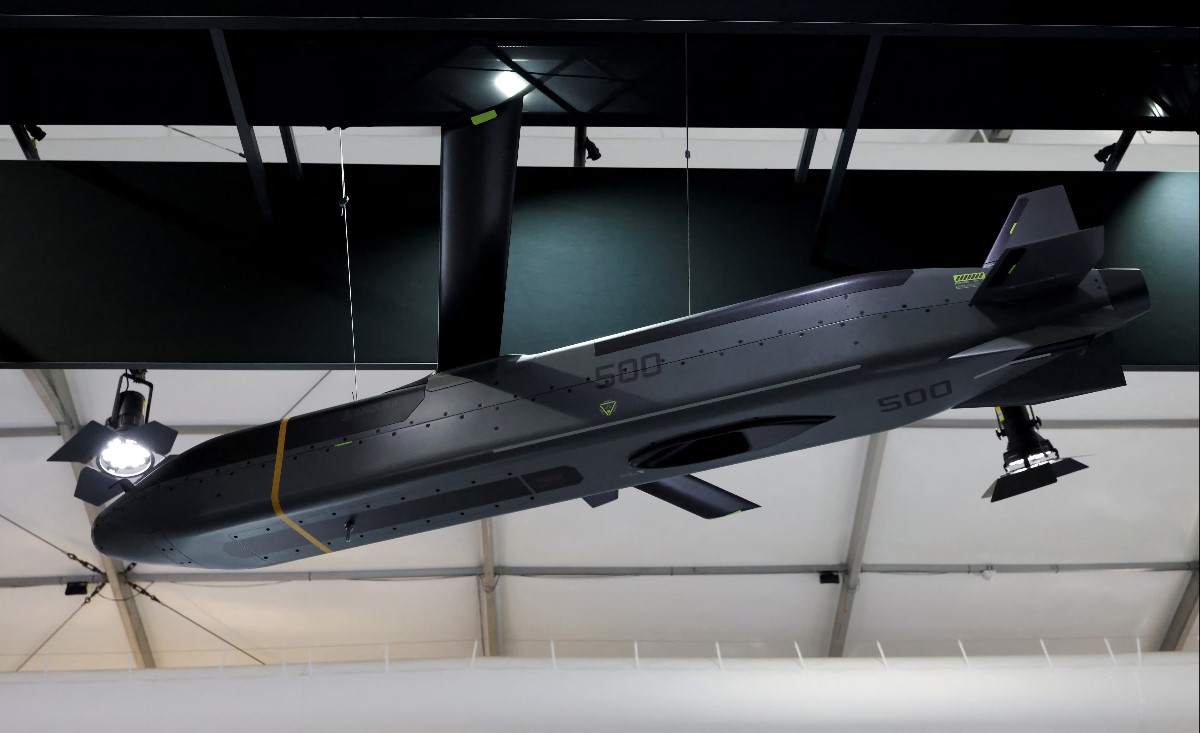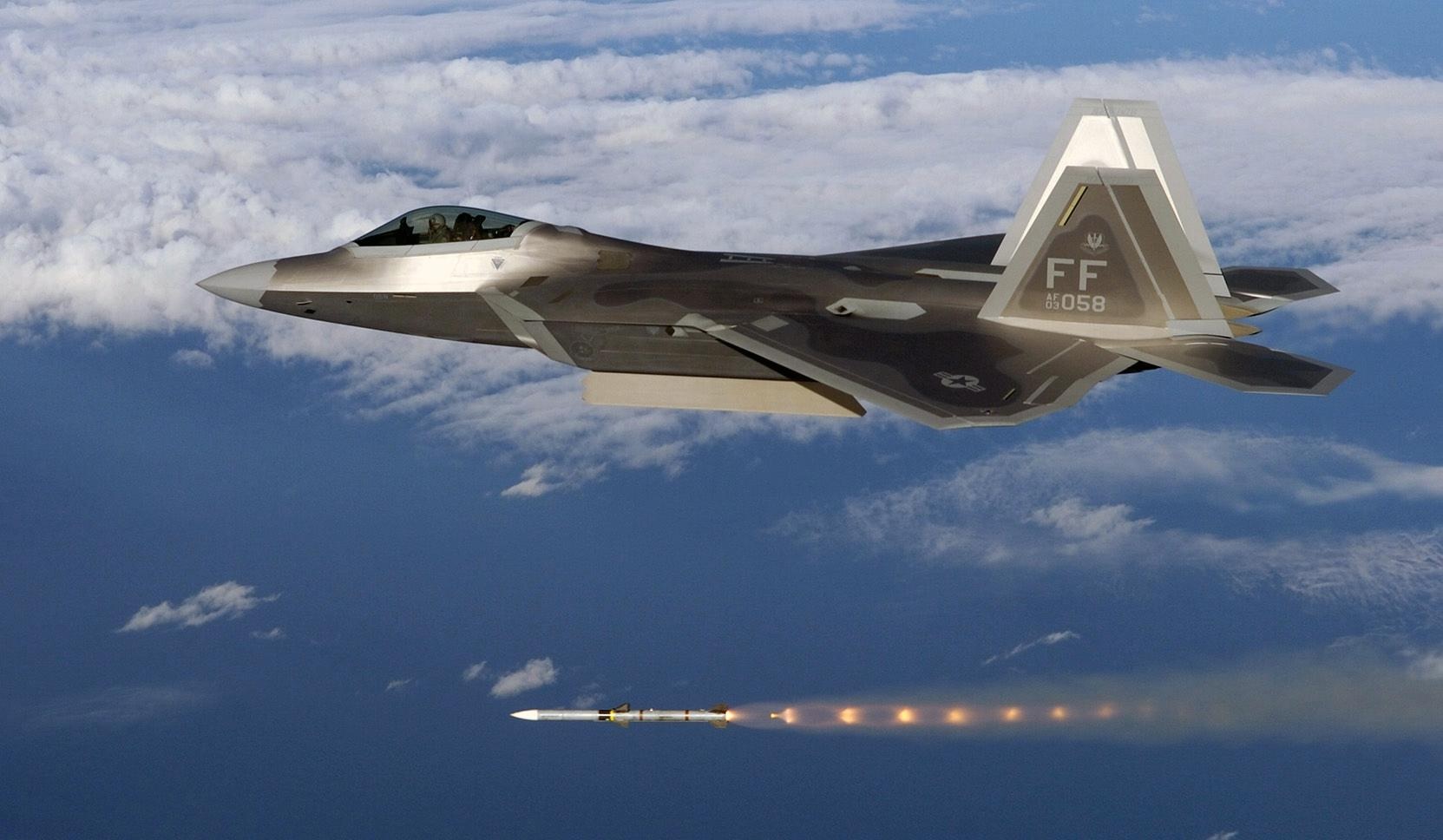The Moai: Guardians of Rapa Nui's Ancient Legacy

Mystery News
World
Easter Island, also known as Rapa Nui,
remains a captivating enigma, nestled in the southeastern Pacific Ocean. Its
allure stems from a blend of mystery, magic, and ancient wonders that have
fascinated historians, scientists, and adventurers alike for centuries. Here,
we embark on an extensive exploration of this remote island, uncovering its
rich tapestry of history, culture, and natural beauty.
Easter
Island: A Land of Many Names
Easter Island has worn various names
throughout its storied past, each reflecting its unique identity and cultural
significance. When Dutch admiral Jacob Roggeveen first set foot on its shores
on Easter Sunday in 1722, he christened it 'Paasch-Eyland' in commemoration of
the occasion. However, its indigenous inhabitants have long known it as 'Rapa
Nui,' a name deeply rooted in their ancestral heritage. Additionally, the
island bears the older designation of 'Te Pito O Te Henua,' translated as 'The
World's Navel,' hinting at its central place in the Polynesian cosmos.
A
Haven of Seclusion and Serenity
Easter Island stands as a beacon of
seclusion, nestled some 3,800 kilometers off the coast of Chile, its nearest
neighbor. This remoteness lends it an air of tranquility and serenity, shielded
from the hustle and bustle of modern civilization. Accessible only by air, the
island offers sanctuary to those seeking respite, with pristine waters teeming
with vibrant marine life. Its isolated location has also preserved its natural
beauty, making it a haven for explorers and nature enthusiasts.
Ancestral
Origins: Legends of Hotu Matu'a
Legend has it that Easter Island was first
settled by the intrepid Polynesian chief Hotu Matu'a and his followers, who
arrived on its shores centuries ago. Hailing from the mythical island of Hiva,
believed to be the Marquesas Islands, Hotu Matu'a led his people on a voyage of
discovery, forging a new home amidst the vast expanse of the Pacific Ocean.
Their arrival marked the beginning of a new chapter in the island's history, as
they introduced new species and established a thriving community that would endure
for generations.
The
Legacy of the Moai: Guardians of Rapa Nui
Central to the island's cultural heritage
are the colossal moai statues, towering monuments to the ingenuity and
craftsmanship of its early inhabitants. Carved from volcanic stone, these
imposing figures stand as silent sentinels, their enigmatic gaze piercing the
veil of time. Crafted in homage to revered ancestors, the moai are revered as
symbols of protection and guidance, embodying the spirit of Rapa Nui's rich
heritage. Despite facing the ravages of time, many of these majestic statues
have endured, offering a glimpse into the island's storied past.
Unraveling
Mysteries: The Transportation of Moai
The transportation of the moai statues
remains one of Easter Island's enduring enigmas, shrouded in mystery and
speculation. Crafted from solidified volcanic ash in the Rano Raraku quarry,
these massive monuments were transported across rugged terrain to their final
resting places. While the precise methods employed by the islanders remain a
subject of conjecture, theories abound, ranging from the use of ropes and log
rollers to the mobilization of large labor forces. Regardless of the means, the
transportation of these monumental statues stands as a testament to the
ingenuity and resourcefulness of Rapa Nui civilization.
Celebrating
Tradition: The Tapati Rapa Nui Festival
Each year, Easter Island comes alive with
the vibrant festivities of the Tapati Rapa Nui Festival, a celebration of
culture, heritage, and community. Held during the first two weeks of February,
this lively event showcases traditional activities such as wood carving, music,
and dance, offering a glimpse into the island's rich cultural tapestry. As the
islanders unite in spirited competition, they pay homage to their ancestral
roots, reaffirming the enduring legacy of Rapa Nui.
The
Moai: Guardians of Rapa Nui's Past
The iconic moai statues of Easter Island
stand as guardians of its ancient past, silently watching over the island's
landscape. Carved from volcanic tuff, these imposing figures were crafted with
remarkable precision and skill by the island's master craftsmen. Contrary to
popular belief, the moai are not merely heads but possess torsos as well, with
some reaching heights of up to 13 feet and weighing 10 metric tons. Adorned
with cylindrical red stones called pukao, these statues are a testament to the
ingenuity and artistry of their creators.
The
Spiritual Significance of Moai
The moai statues held profound spiritual
significance for the Rapa Nui people, serving as vessels for the spirits of
their ancestors. Believed to be descended from the gods, the island's chiefs
were revered as divine beings, with the moai erected in their honor. These
statues were not merely monuments but repositories of ancestral wisdom and
guidance, embodying the essence of Rapa Nui's cultural heritage. Today, they
remain sacred symbols of spiritual life force, or mana, revered by islanders
and visitors alike.
The
Construction of Moai: A Feat of Ingenuity
Crafted from solidified volcanic ash found
in the Rano Raraku quarry, the moai statues were meticulously carved by skilled
craftsmen. The process was shrouded in secrecy, with carvers employing precise
techniques to avoid offending ancestral spirits. Beginning with the front and
sides of the statue, carvers gradually separated the back from the quarry rock
before moving the statue downhill for completion. With meticulous care and
dedication, the moai statues were brought to life, standing as enduring testaments
to the skill and artistry of their creators.
Challenges
and Adaptations: The Legacy of Rapa Nui Civilization
The Rapa Nui civilization faced numerous
challenges throughout its history, from deforestation and resource depletion to
colonization and epidemics. Despite these adversities, the islanders displayed
remarkable resilience and adaptability, developing innovative farming
techniques and forging new cultural traditions. Today, the legacy of Rapa Nui
civilization lives on in the island's rich cultural heritage, as well as in the
spirit of its people who continue to thrive amidst adversity.
Preserving
the Legacy: Challenges and Conservation Efforts
The preservation of Easter Island's
cultural heritage remains a pressing concern, as the island faces threats from
climate change, coastal erosion, and human activities. Rising sea levels and
environmental degradation pose significant risks to the island's archaeological
sites and natural landscapes, prompting conservation efforts to safeguard its
unique heritage. Collaborative initiatives between local communities, private
organizations, and government agencies seek to address these challenges and
ensure the long-term preservation of Easter Island's cultural legacy.
Editor’s
thoughts: A Journey of Discovery
In conclusion, Easter Island stands as a
testament to the enduring spirit of exploration and discovery, inviting
visitors on a journey of enlightenment and wonder. From its ancient moai
statues to its vibrant cultural traditions, the island offers a glimpse into a
world steeped in history, mystery, and natural beauty. As we unravel the
secrets of Easter Island, we gain a deeper appreciation for its rich tapestry
of heritage and the timeless legacy of its people.



